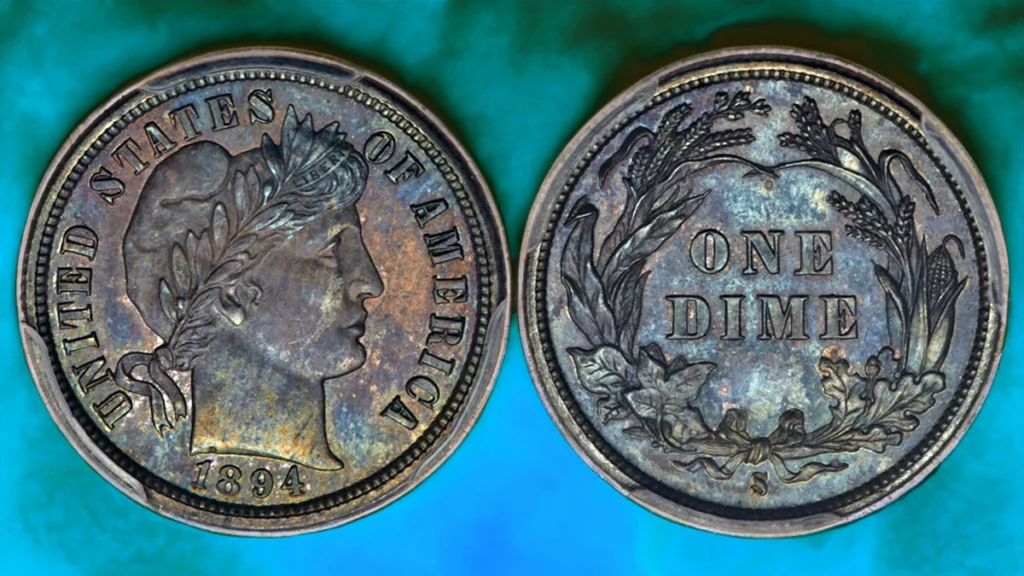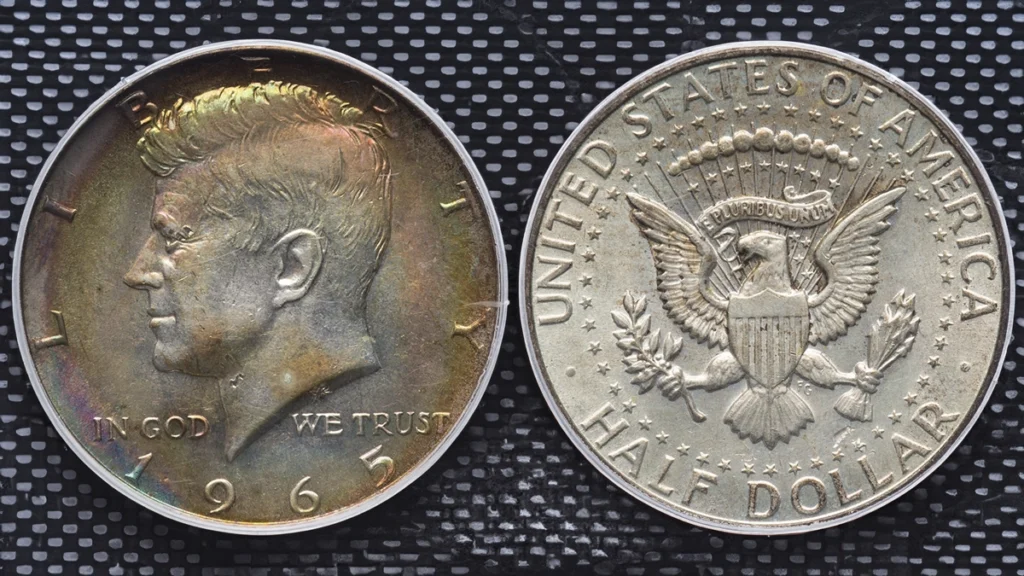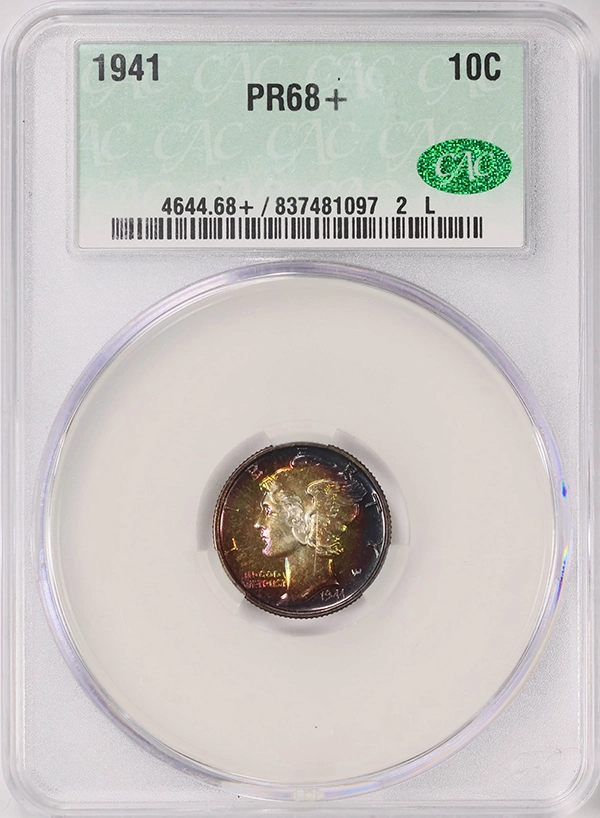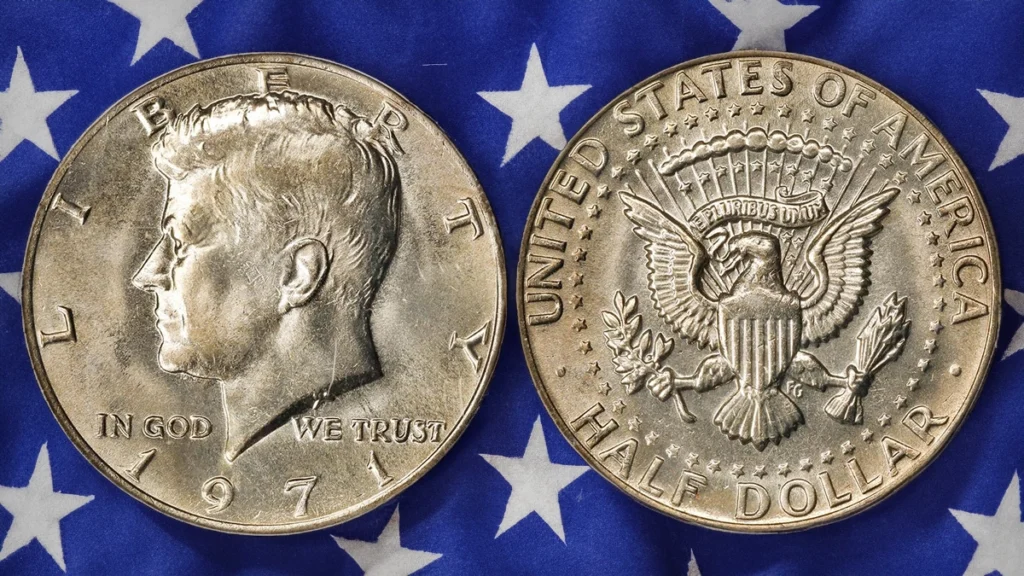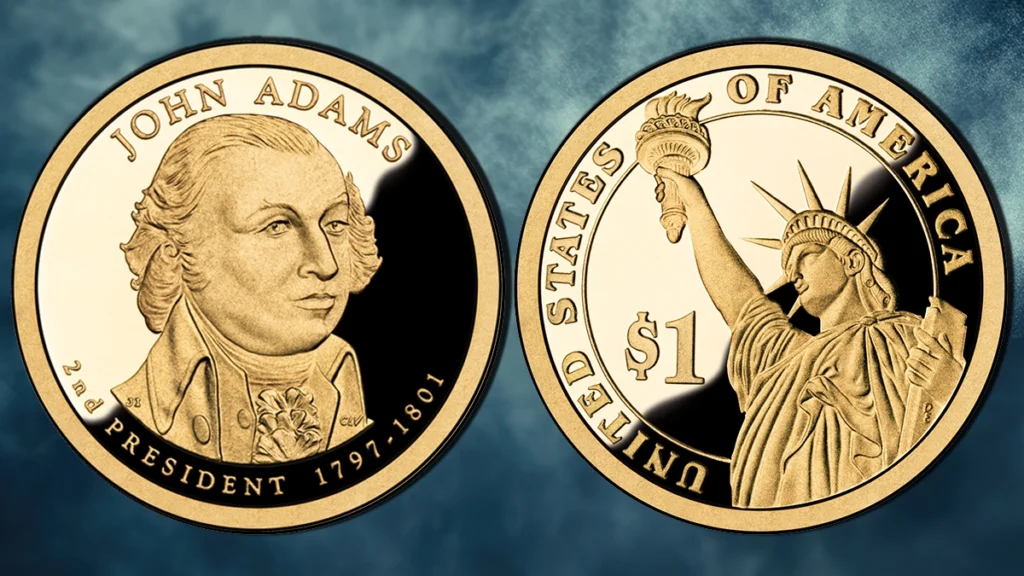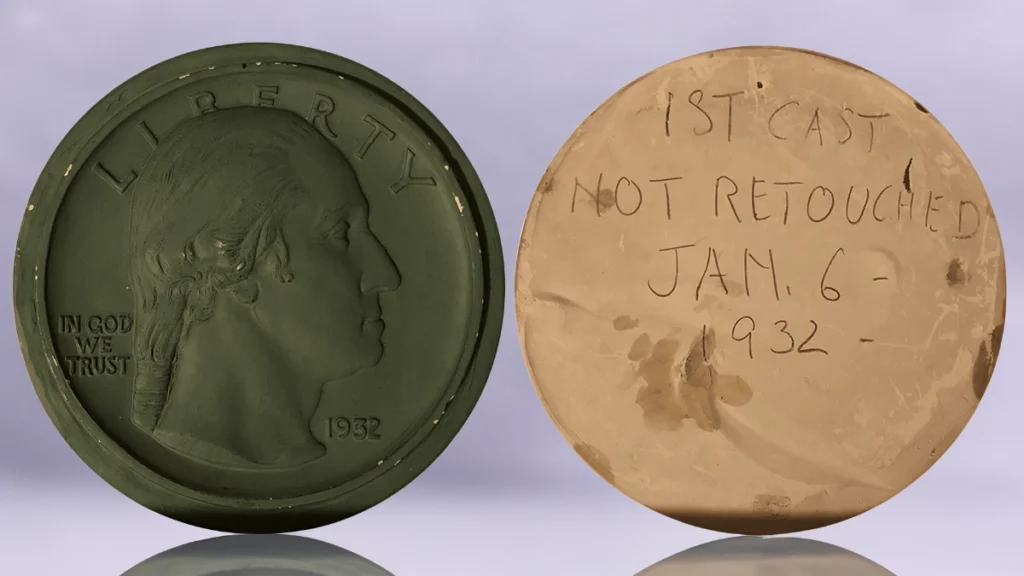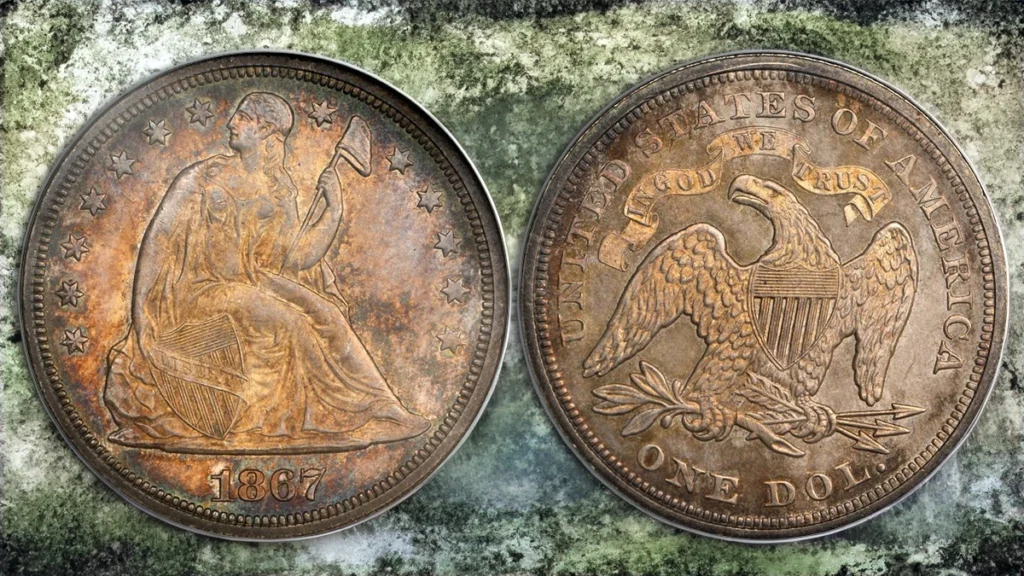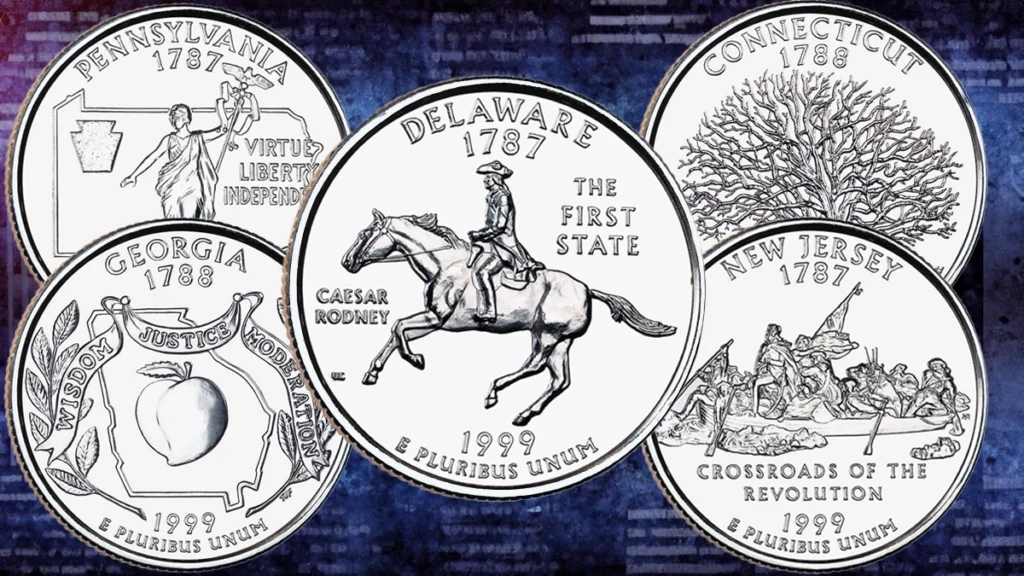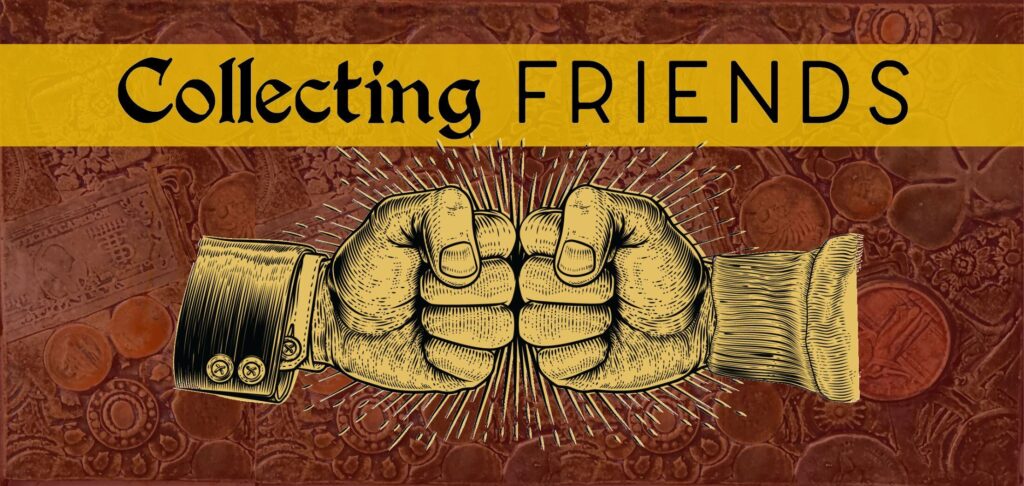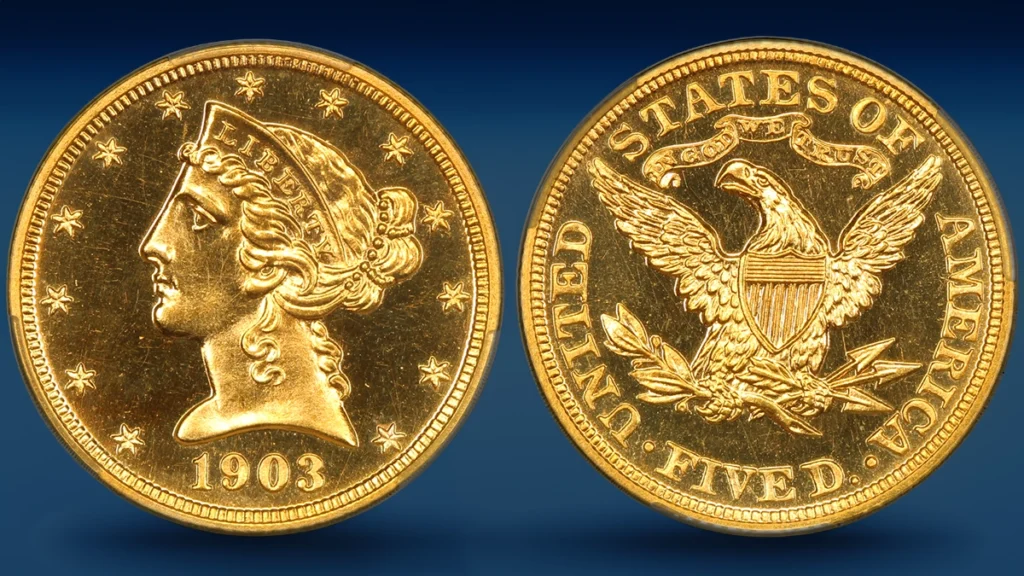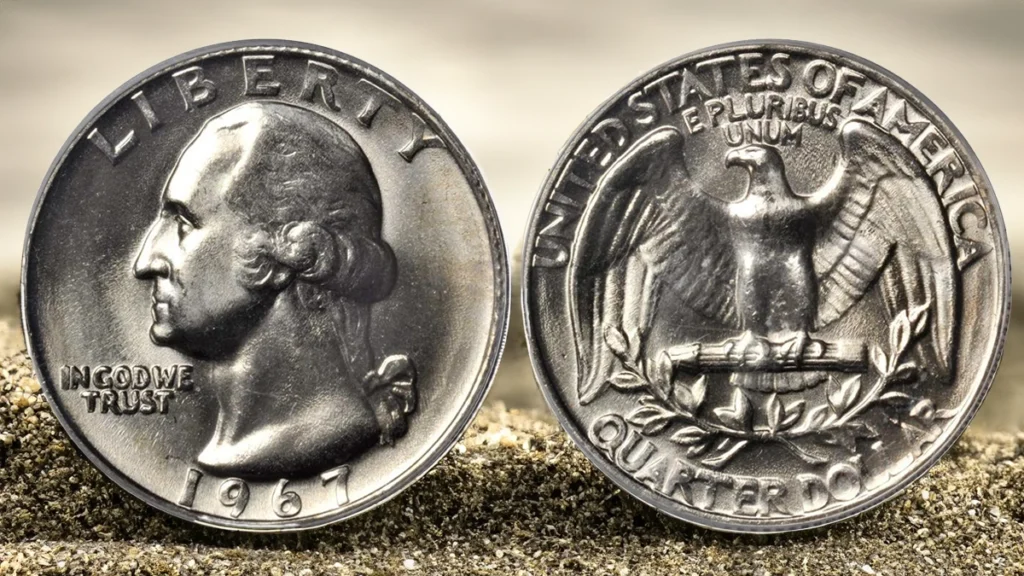Rare 1870-CC Double Eagle Lifts Heritage U.S. Coin Auction Over $5.6 Million
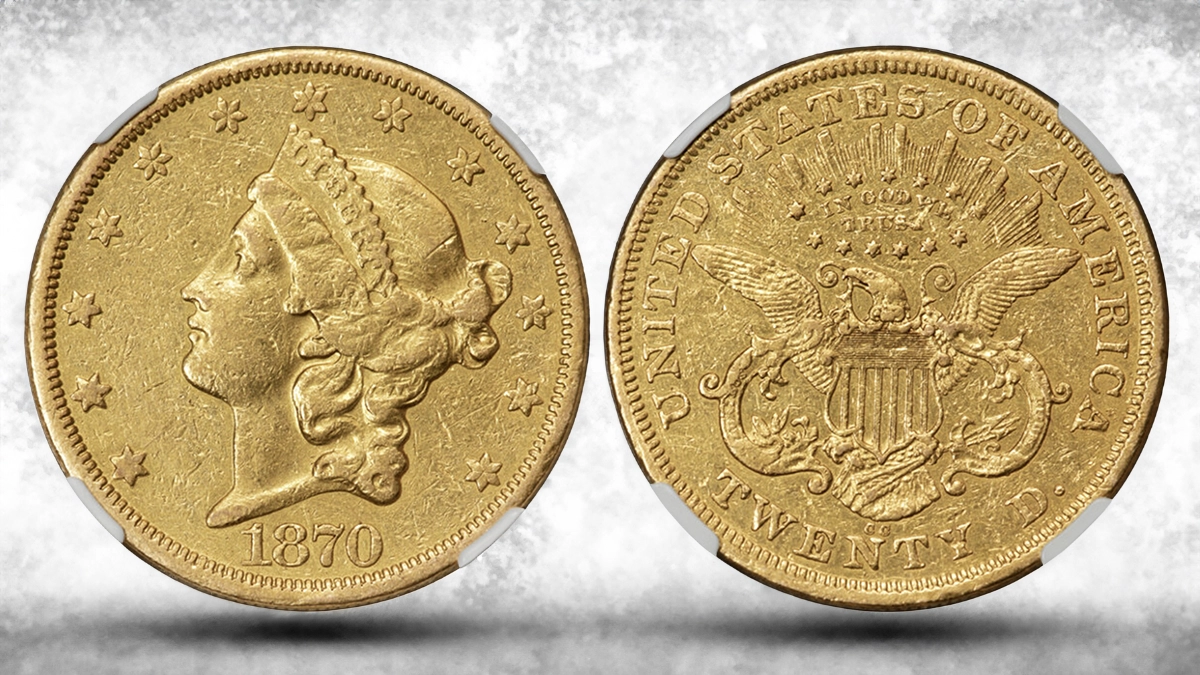
An 1870-CC Double Eagle, XF45 NGC sold for $312,000 to lead the December 12-15, 2024 U.S. Coins Signature Auction from Heritage Auctions to $5,618,417.
“This is one of the few survivors of this exceptional coin, which is one of the greatest trophy-level coins of the entire double eagle series,” says Todd Imhof, Executive Vice President of Heritage Auctions. “Only 3,789 were original struck, and of those, estimates of its surviving population have ranged from just 40 to 65, making it the rarest gold coin from this historically important Mint and an extraordinary addition to a new collection.”
The event drew 2,239 global bidders to the world’s leading numismatic auctioneer, and achieved perfect sell-through rates of 100% by value and by lots sold.
Also reaching six figures was a 1907 High Relief Flat Rim Double Eagle, PR66star NGC that drew more than three dozen bids on its way to $144,000. The only example to earn a PR66 grade with the coveted Star designation that indicates exceptional eye appeal, this coin is among just 291 examples that NGC has certified as proofs. Of those, just 25 fall into the PR66 grade range, the finest of which — the example offered in this auction — is the lone offering to carry the Star designation.
Another fascinating lot in the auction was an 1861 Seven-Piece Silver and Minor Proof Set PR62 to PR67 PCGS that sparked 30 bids before it closed at $90,000. The set includes a Cent PR62, a Three-Cent Silver PR67, a Half Dime PR66, a Dime PR66 Fortin-101, a Quarter PR66 Briggs 7-E, a Half Dollar PR66 and a Silver Dollar PR67 OC-P2, R.4. Just 1,000 sets were produced, in agreement with the mintage totals for each 1861 proof denomination listed in the Guide Book, but Walter Breen suggested that probably 300-400 “sold as sets, others as individual coins, the remainder … melted in 1862.”
An 1893-S Morgan Dollar, AU55 PCGS CAC, a beautiful example of a coin that appears on more collector want lists than any other date-mintmark combination in the series, commanded a winning bid of $66,000. The reported mintage of 100,000 coins was the lowest in the series and the number actually released is thought to be even smaller … and unlike many other low-mintage issues, there were no quantities of 1893-S dollars released in the 20th century. The coin in this auction is one of just 46 graded in 55 (1 in 55+), with 53 carrying finer grades; CAC: there are eight approved in 55, and 12 finer.
One of the finest examples of a 1924-S Double Eagle, MS65 NGC caught the attention of numerous bidders, coaxing 42 bids before it ended at $60,000. Although nearly a decade removed from the 1933 Gold Recall mandated by President Franklin D. Roosevelt, the 1924-S was heavily melted in the mid-1930s. Of the 2.9 million that were struck, most remained in government control by 1933. Approximately 250,000 were “put out” to the Federal Reserve banks, but few ever made it into domestic commerce; the majority eventually returned to the Mint and were melted down. It is believed the surviving population has dwindled to roughly 1,100 examples.
Another double eagle that caught the attention of multiple bidders was an 1871-CC Double Eagle, VF30 NGC CAC, Winter 1-A that brought $52,800.
Small mintages tend to produce good results, as was the case with a 1976 National Bicentennial Medal MS65 NGC that sold for $49,200. This medal was the Mint’s ultimate tribute to the National Bicentennial, designed by Chief Engraver Frank Gasparro, and the largest gold medal ever produced by the U.S. Mint, measuring 76mm in diameter and weighing 14.72 troy ounces of .900 fine gold. Each medal is numbered on the edge; this medal is number 13 from a reported distribution of 424, although an unknown number of those produced were likely melted in the 1980s.
Besides the 1870-CC double eagle and highlights listed above, complete auction results can be found at HA.com/1379.
* * *
The post Rare 1870-CC Double Eagle Lifts Heritage U.S. Coin Auction Over $5.6 Million appeared first on CoinWeek: Rare Coin, Currency, and Bullion News for Collectors.


